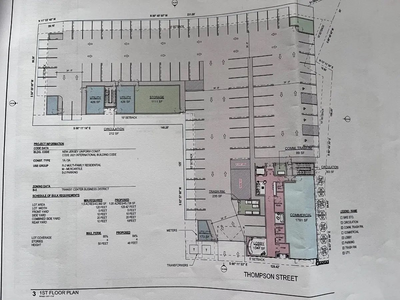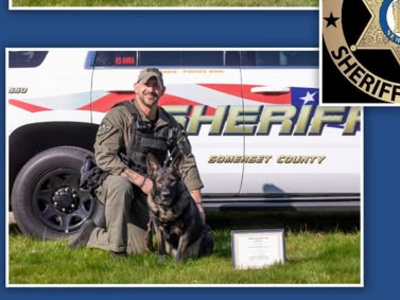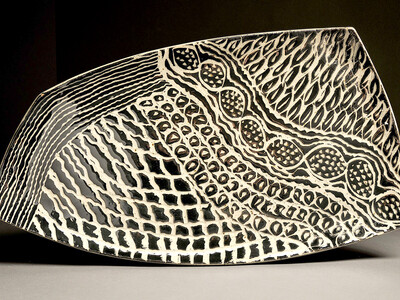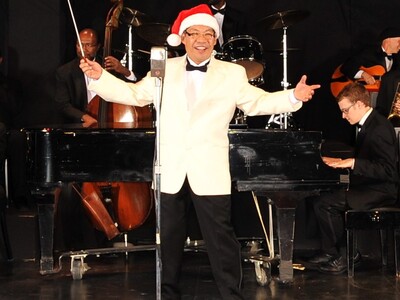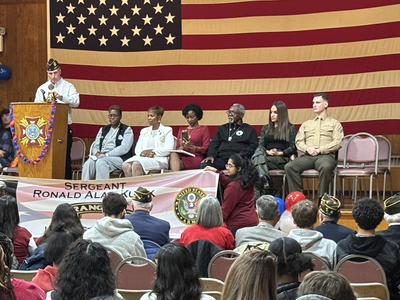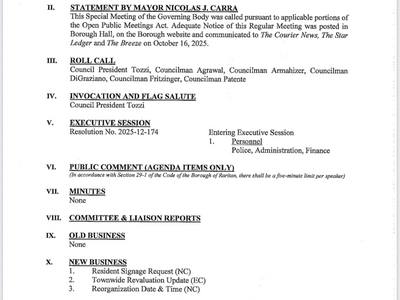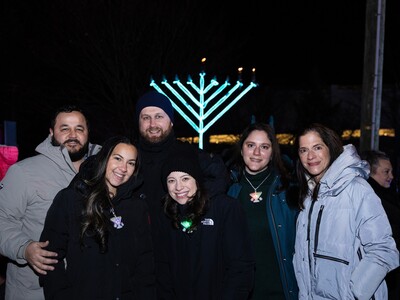Somerville History Roundtable, November 10
Monday, November 10 —
Somerville Growing Up (1940-2020): An 85-Year Perspective on Housing
Evolution of Housing in Somerville 1940-2025
Early housing was limited to owner-occupied but that changed as the borough grew in population. In Somerville there are a few houses built before the Civil War and many of them were farmhouses with few amenities, as evidenced by a pre-Civil War brick farmhouse built around 1858 on Grove Street; it was constructed with bricks from the Somerville Brick Works.
Immigration waves of the late 19th and early 20th century increased demand for housing. Few could afford to purchase, so the earliest rental structures were linked to immigration. As the housing needs of an urban industrial New Jersey economy continued, the emerging middle class, from 1900-1930, sought rental accommodations and more apartments were constructed, but that ended with the Great Depression.
Following WWII, the demand for housing increased as returning GIs married and started families and the demand was far greater than the supply.
Only one out of five of New Jersey’s current supply of renter-occupied housing units was built in 1939 or earlier. The rest have been built after 1940, with the largest number in Somerville coming in the past 20 years. Over 55% of housing in Somerville is rental and this presentation will review the population changes, economic challenges, and desirability of our community to attract residents with varying tastes and affordability in housing choices. The presentation is timely since the average homeowner in the United States purchases his/her first home around age 38, whereas previously, home ownership was attainable to buyers in their late 20s. Rental housing is the wave of the future and it is the objective of the presentation to alert attendees on how past housing trends will impact future choices for the next generation of Somerville’s residents. Presenter: Gran Brady
Roundtable Meetings at 7:00 p.m. at the Good Shepherd Lutheran Church,
300 Union Avenue, between N. Clark and N. Richards
Park and enter at the back of the church


